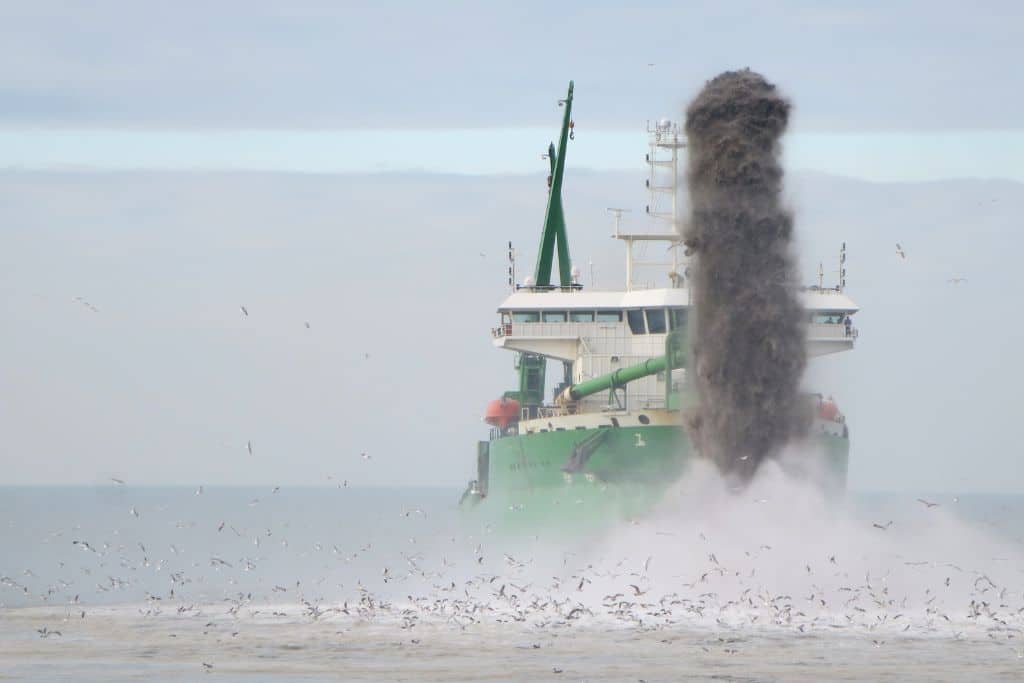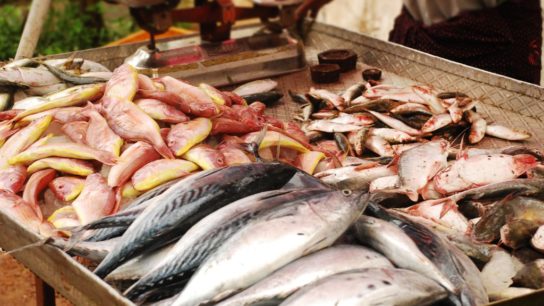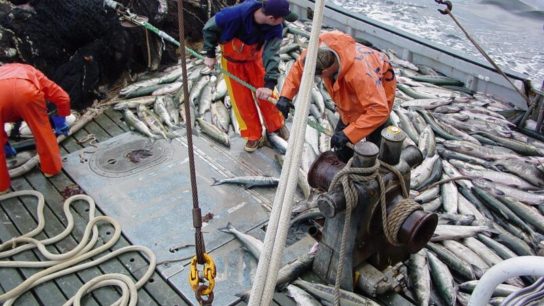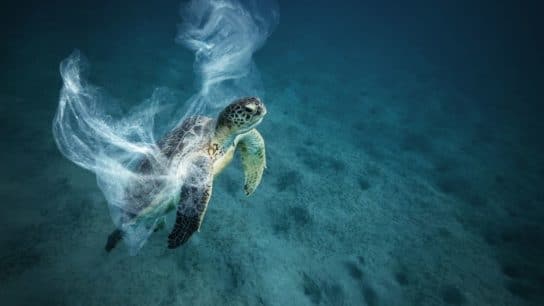The UN’s new platform, which is monitoring the marine dredging industry, warned on Tuesday that the world is approaching the natural replenishment rate needed by rivers to maintain the structure and function of coastal and marine ecosystems.
—
Between 4 and 8 billion tons of sand and other sediments are extracted from the marine environment each year, posing a significant threat to biodiversity and coastal communities, the UN’s global data platform monitoring the marine dredging industry revealed on Tuesday.
The Marine Sand Watch, a platform designed by the UN Environment Programme (UNEP) and GRID-Geneva to monitor large vessels engaged in dredging activities in the marine environment, warned that the scale of dredging is growing at an “alarming” rate, well beyond the rate at which it is being replenished from rivers. Sand is necessary to maintain the structure and function of coastal and marine ecosystems.
Hotspots for sand dredging around the world include the North Sea, the US East Coast, and Southeast Asia, though some Southeast Asian countries including Indonesia, Malaysia, Vietnam, and Cambodia have banned marine sand exports in the last two decades. China, the US, as well as the Netherlands and Belgium have some of the world’s most active and advanced dredging industries.
Dredging – especially at the present rate equivalent to about one million lorries a day – disturbs marine sediments, releasing human-sourced toxins that pollute sea water and that can eventually contaminate drinking water. It also destroys important seabed ecosystems and marine wildlife populations, and hinders economic activities such as fishing.
Sand, a precious resource for industries like construction, is the world’s most exploited natural resource after water. As the primary ingredient needed to make concrete, sand is necessary for the construction of buildings, roads, bridges, high-speed trains, and even land regeneration projects. And with the rapidly growing global population and the ever-rising number of people living in urban areas – some 4.2 billion – demand for this precious resource is only destined to grow.
Sand is also a key resource for coastal communities in the face of rising sea levels and extreme weather events like storms and hurricanes, as it is used to build coastal defences.
“The issue of sand comes as a surprise to many, but it shouldn’t,” said Pascal Peduzzi, director of GRID-Geneva at UNEP. “We cannot extract 50 billion tonnes per year of any material without leading to massive impacts on the planet and thus on people’s lives.”
Peduzzi, who called the impacts of shallow sea mining activities and dredging “alarming”, hopes that this new data will signal the urgency of developing better management of marine resources. “UNEP invites all stakeholders, Member States and the dredging sector to consider sand as a strategic material, and to swiftly engage in talks on how to improve dredging standards around the world,” he said.
Last year’s UNEP Sand and Sustainability report also called for enhanced monitoring of sand extraction, sourcing, use, and management, which remain largely ungoverned in many regions of the world.
You might also like: Unsettled Depths: The Murky Outcome of Deep-Sea Mining Negotiations


















